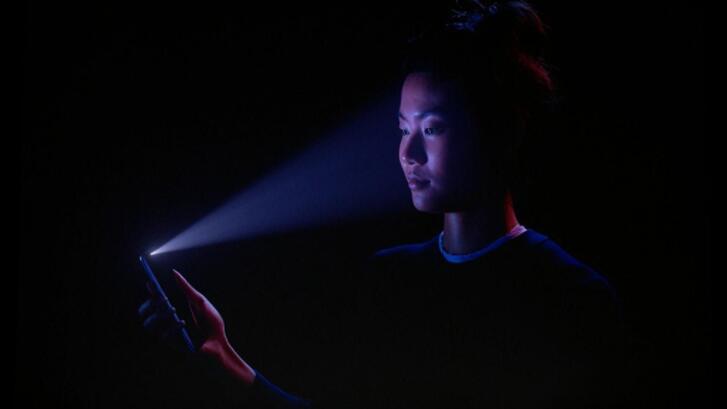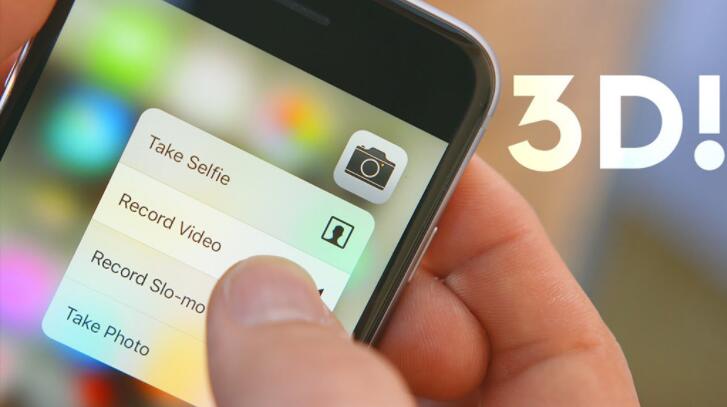In all current on-display fingerprinting technologies, Apple is most likely to choose Qualcomm’s large-area ultrasonic technology. GIS is an existing supplier of both Apple and Qualcomm’s ultrasonic fingerprinting strategy, so it may provide ultrasonic modules and laminations.

Face ID and screen fingerprint technology are complementary and competitive. Multiple biometrics is for enhance security, while FOD provide more convenient authentication in specific situations. In addition, if Apple Watch wants to import biometrics in the future, in terms of technology, the probability of FOD is higher than that of Face ID.
GIS and Qualcomm are surely going to benefit significantly from the iPhone’s large-area ultrasound on-display fingerprints. In the future, more high-end Android mobile phones will also use large-area ultrasound on-display fingerprints.
The shipments of Android phones with screen-printed fingerprints are likely to be 2,000–25 million, 2.6–280 million, and 3.7-400 million units in 2018, 2019 and 2020, respectively. The reason for the popularity of fingerprints on screen is security as well as convenience.

 Service
Service 阿里旺旺
阿里旺旺 MSN
MSN